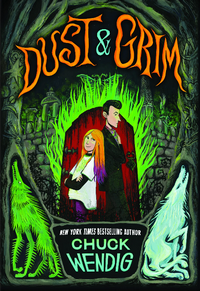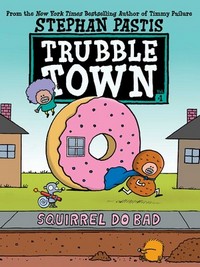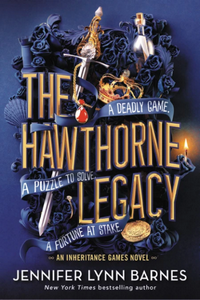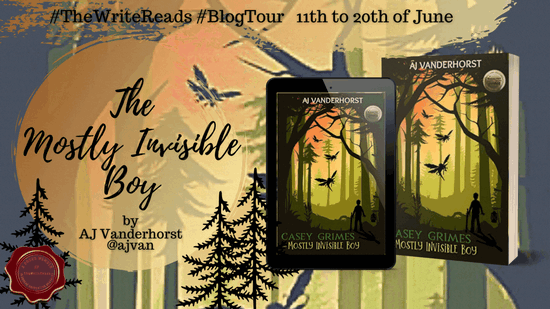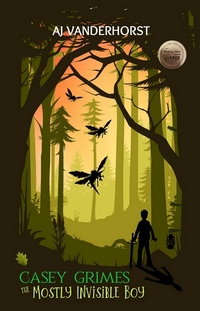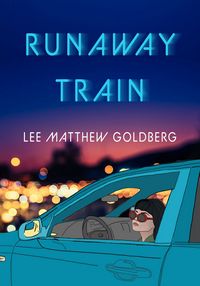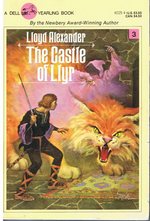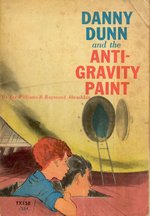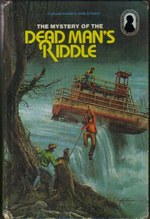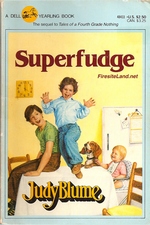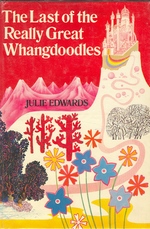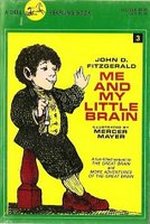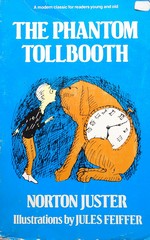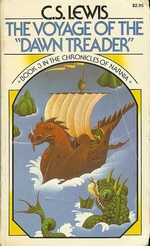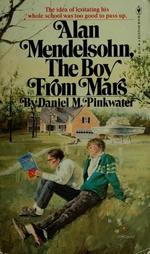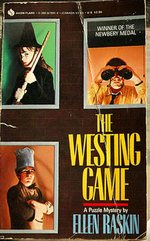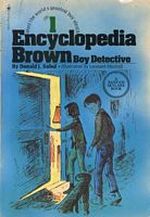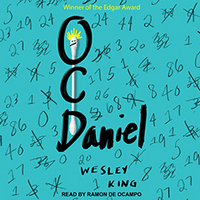 |
OCDanielby Wesley King, Ramón De Ocampo (Narrator) Unabridged Audiobook, 7 hrs., 4 min. Read: June 29-30, 2021 |

What’s OCDaniel About?
I found myself saying way too much about this book—I’ve taken two attempts at this part of the post, and each gets too detailed. It’s hard to stop talking about this, apparently.
So let me fall back on the tried-but-true (albeit lazy) method of borrowing the description from the Publisher’s website:
Daniel is the back-up punter for the Erie Hills Elephants. Which really means he’s the water boy. He spends football practice perfectly arranging water cups—and hoping no one notices. Actually, he spends most of his time hoping no one notices his strange habits—he calls them Zaps: avoiding writing the number four, for example, or flipping a light switch on and off dozens of times over. He hopes no one notices that he’s crazy, especially his best friend Max, and Raya, the prettiest girl in school. His life gets weirder when another girl at school, who is unkindly nicknamed Psycho Sara, notices him for the first time. She doesn’t just notice him: she seems to peer through him.
Then Daniel gets a note: “I need your help,” it says, signed, Fellow Star Child—whatever that means. And suddenly Daniel, a total no one at school, is swept up in a mystery that might change everything for him.
OCD Portrayal
I didn’t note how far into the novel we are before someone uses either “OCD” or “Obsessive-Compulsive Disorder,” but I’d be willing to guess it’s the latter third. Obviously, for anyone who even glanced at the title, they know what’s going on—but this novel isn’t about OCD per se.
It’s a novel about a kid who doesn’t understand himself, who doesn’t realize what’s going on with his brain, and who’s scared to talk to anyone about it. He loves his parents—and there’s no reason to think they wouldn’t be supportive and would help him to find the tools he needs. But he doesn’t want to be “weird,” he doesn’t really want to admit to it to anyone other than himself.
Sarah has her own struggles and isn’t afraid to let Daniel see them—and she sees his at least as clearly as Daniel’s. So he can open up to her.
This is based on King’s own experiences, his own OCD, practically ensuring that it’s a sensitive and sympathetic portrayal. At the same time, it does as good a job as any that I’ve come across in communicating what it’s like to those who’ve never experienced it. I’d recommend it to anyone in whatever age range just for that alone.
That doesn’t mean that King doesn’t have some fun with it, he takes opportunities for small and large comedic moments brought on by Daniel’s OCD. But it’s never mean-spirited, and the reader laughs while feeling sympathy (maybe even empathy).
A Few Thoughts on the Narration
De Ocampo is a pretty versatile narrator—I’ve previously listened to his work on Diary of a Wimpy Kid and Tropper’s This is Where I Leave You. He’s able to hit all the right notes here—the comedy, the uncertainty, the tension—Daniel’s “zap”s—the whole kit and caboodle.
I was pretty impressed—moreso when I looked him up and saw that I’d heard his work before. He did a good job here and did so in a way that didn’t make me think of the others I’d heard.
So, what did I think about OCDaniel?
I thought the whole mystery thing was a bit far-fetched, especially the way it resolved. But that didn’t mean it wasn’t fun—and the rest of the novel more than made up for the bits of the story that induced a bit of eye-rolling.
It was an entertaining and enlightening novel—great for the upper MG/lower YA crowd, but a solid enough work for older audiences, too.
Give this a read, or a listen—you’ll be glad you did.

This post contains an affiliate link. If you purchase from it, I will get a small commission at no additional cost to you. As always, opinions are my own.
![]()




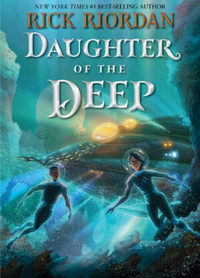

 Grab a book, any book.
Grab a book, any book.